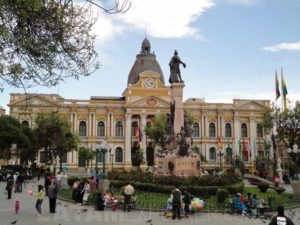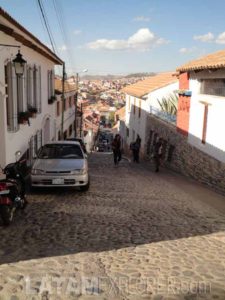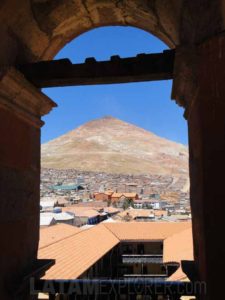Home > Destinations > Bolivia
Bolivia
Located in the center of South America and surrounded by neighbors, we can say, more popular from a touristic point of view, such as Brazil, Argentina, Peru and Chile, Bolivia often ends up not drawing the attention of potential visitors. It is a serious mistake, however, to assume that this country doesn’t have much to offer. The Bolivian territory, although not having a sea coast, spans a wide range of reliefs. This is, in fact, one of the countries with the largest climate and landscape diversity of the planet.
Generally considered to be a country of highlands, being even dubbed the "Tibet of the Americas", it is worth remembering that the Andean plateau (altiplano) occupies, in fact, less than 30% of the Bolivian territory. More than half of Bolivia is occupied by the lowlands of the eastern part of the country, including parts of the Amazon and the Chaco. Between the altiplano region and the so-called Llanos (the lowlands), lies a sub-Andean transition zone formed by fertile valleys that display a milder climate in comparison to the extremes of the surrounding areas.
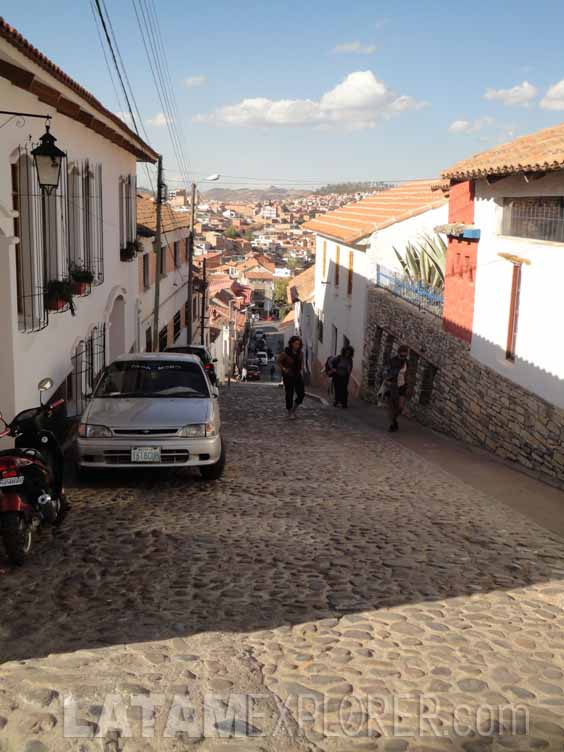
The city of Sucre is the Bolivian constitutional capital and it is located precisely in this sub-Andean zone. Sucre exercises, in fact, only the role of judiciary capital of the country, since the headquarters of the executive and legislative branches of the government were shifted to La Paz in the turn from the nineteenth to the twentieth century. Sucre has a well preserved historic center, rendering the city the nickname "White City", in addition to being located near a major paleontological excavation area. Sucre owes much of its economic growth and development to the nearby city of Potosí, the main core of the mining activity in Bolivia. The Cerro Rico, in Potosí, provided almost all of the silver collected by the Spanish Crown in the early seventeenth century. About 4 hours away by bus from Potosí, one of the most surreal landscapes on Earth awaits the most intrepid travelers: the Salar de Uyuni. Spreading for more than 10,000 km² (3,860 sq mi), this vast, and completely flat, salt field is worth visiting both during the dry and in the rainy season (December to February) when it eventually becomes a water mirror, reflecting the surrounding landscape formed by volcanoes and flamingos.
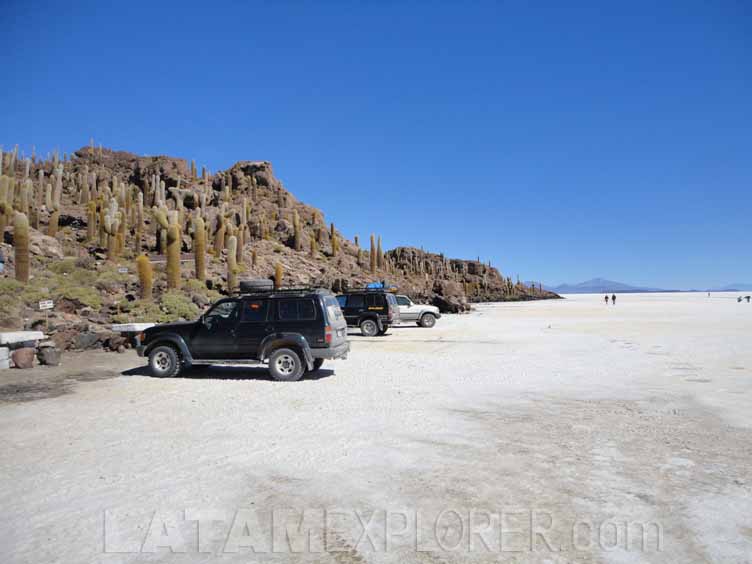
Still in the altiplano, but about 540km (335mi) north from Uyuni and through Oruro (where the main Carnival of the country takes place), the city of La Paz emerges as the main cultural center of the country. The highest commercial airport in the world is found here, in the nearby city not casually called El Alto (The High). The Moon Valley, to the south of La Paz, allegedly baptized by Neil Armstrong, is worth a visit, as well as the ruins of the pre-Incan city of Tiwanaku, located on the way to Lake Titicaca. Lake Titicaca, on the border with Peru, is, incidentally, the highest navigable lake in the world, and can be visited mainly from the cities of Copacabana, in Bolivia, or Puno, in Peru, which offers better support structure. Heading from La Paz towards the Amazon forest, adventurers have the opportunity to try what has been considered one of the most dangerous roads in the world. Known as the Death Road, it connects La Paz to the town of Coroico, in the region of the Yungas, overcoming a gap of 3,500m (11,500ft) in only 64km (40mi).
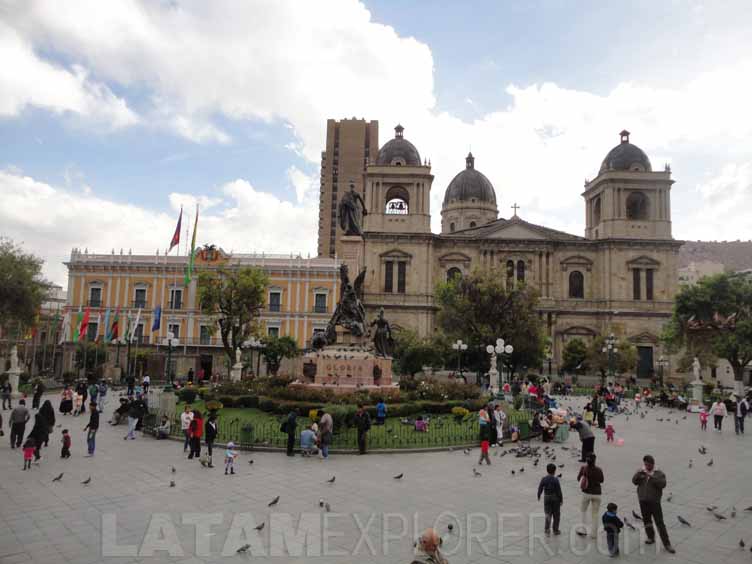
The Noel Kempff National Park, on the border with Brazil, the agricultural capital Cochabamba and the country's largest city, Santa Cruz de la Sierra, complement the range of main attractions of the country. Beautiful and pleasant, as safe as most of the neighboring countries, but still unknown to mass tourism, Bolivia eagerly awaits for visitors willing to learn about the contrasts of its nature and its people.
DESTINATIONS IN BOLIVIA:
